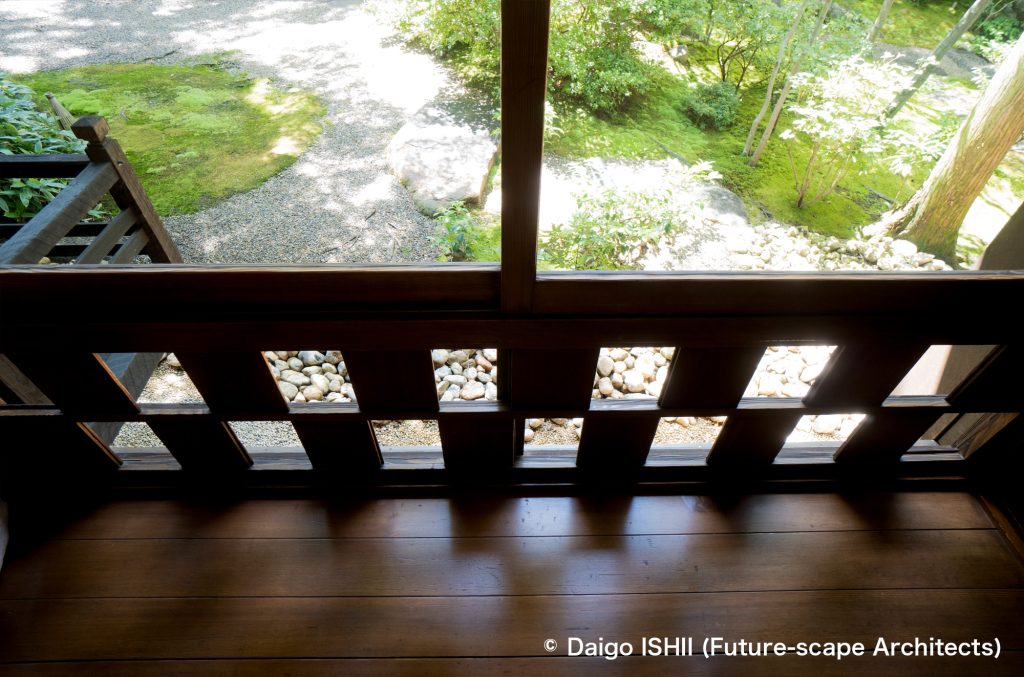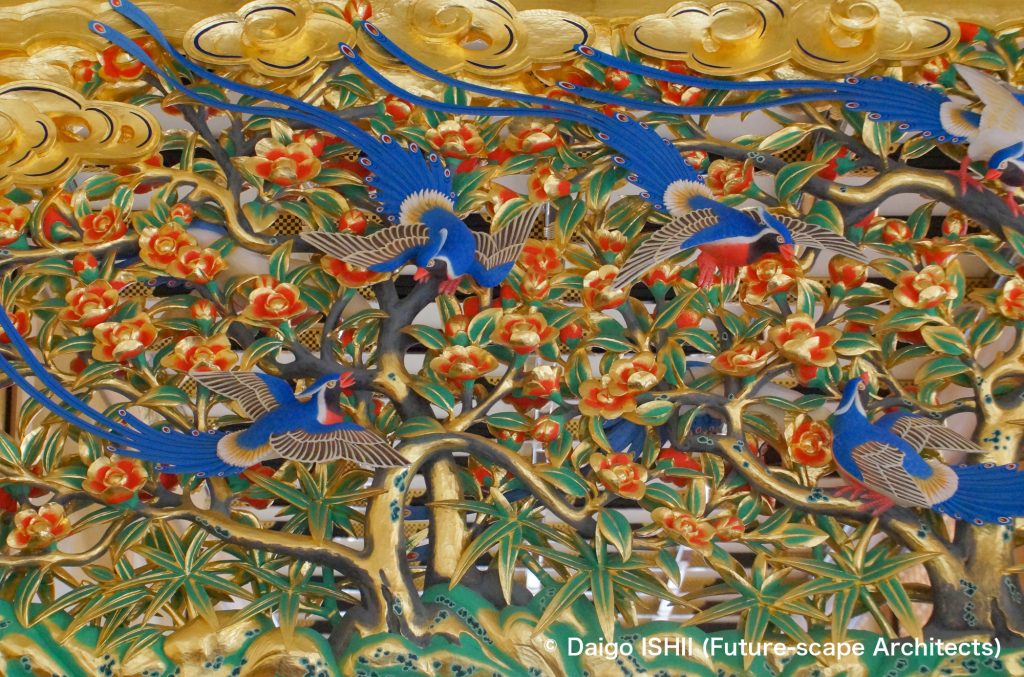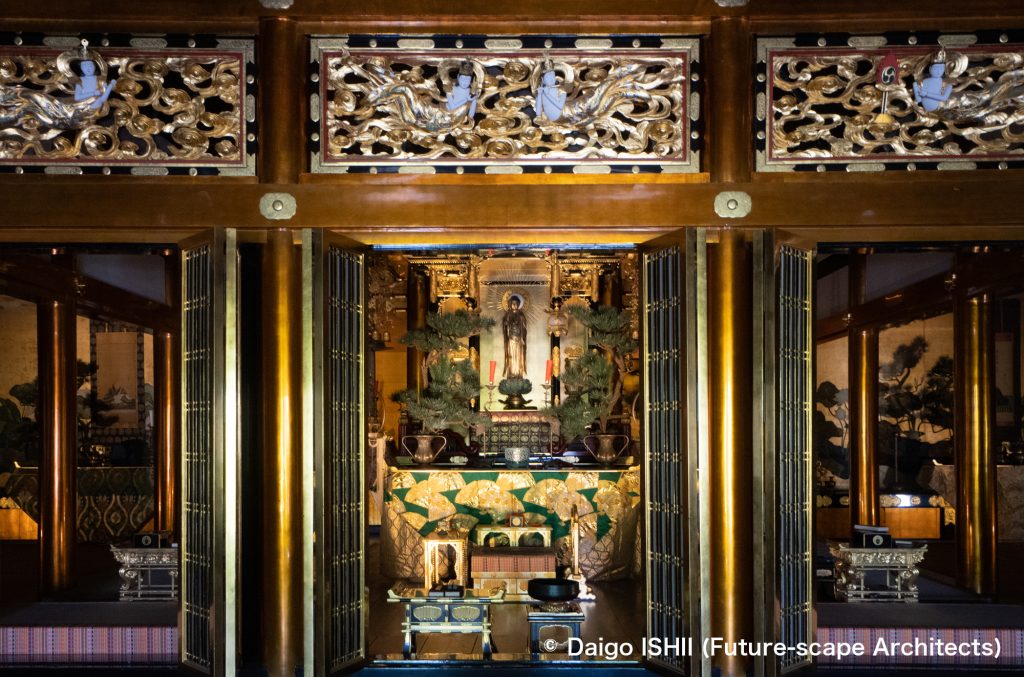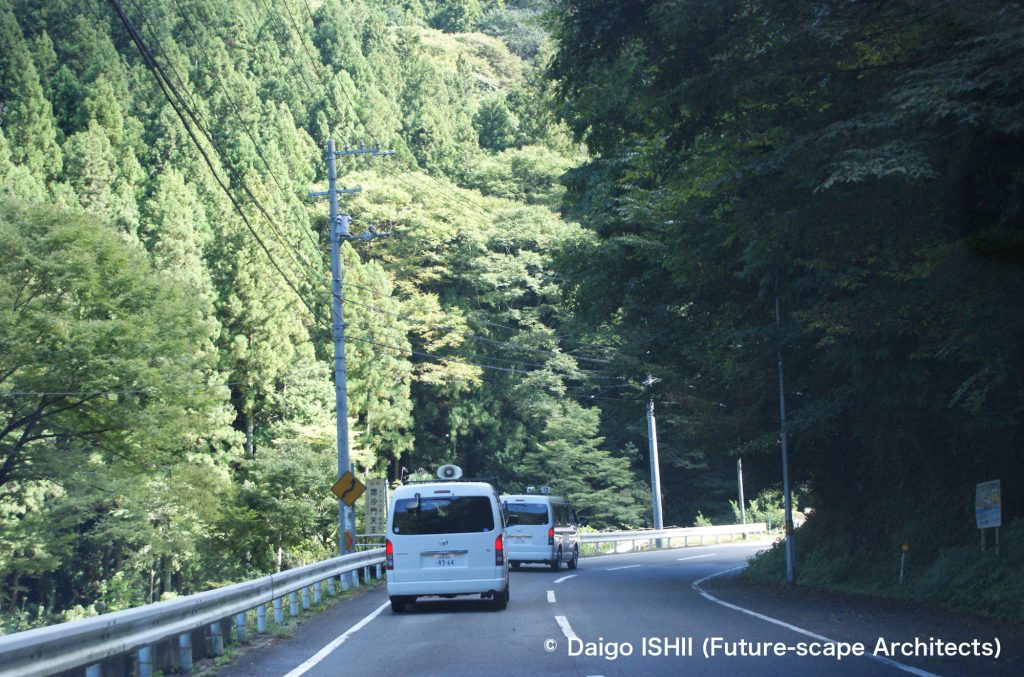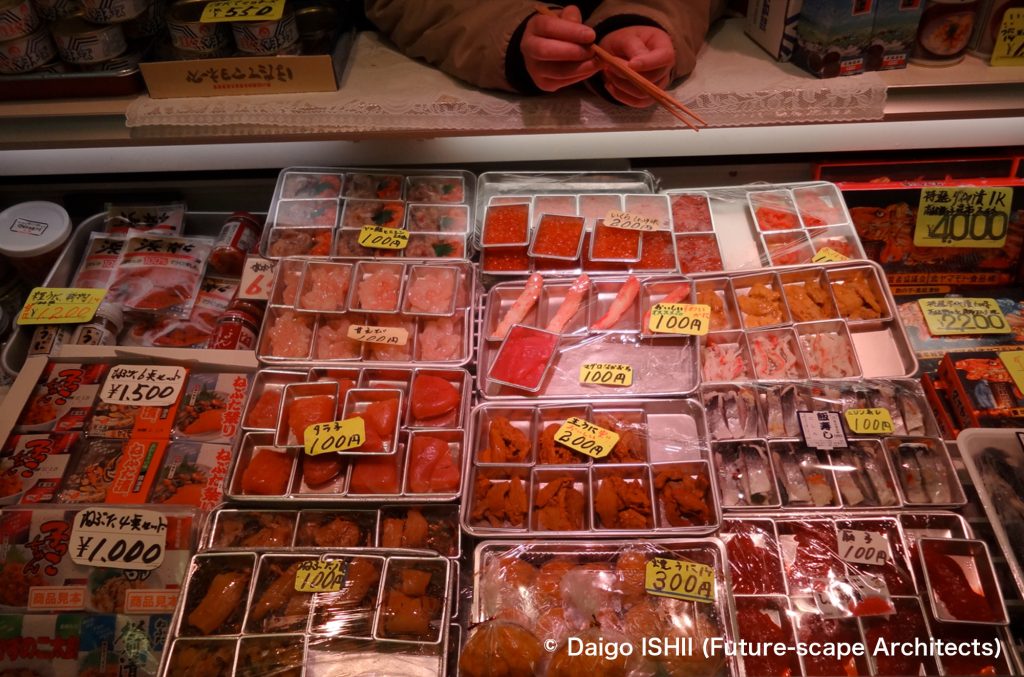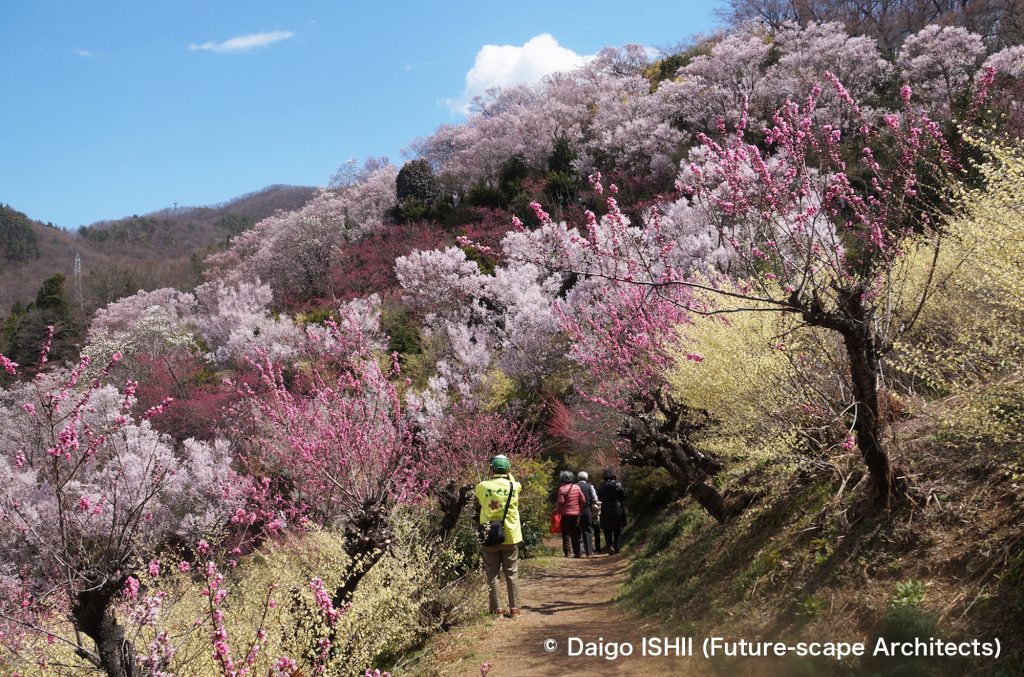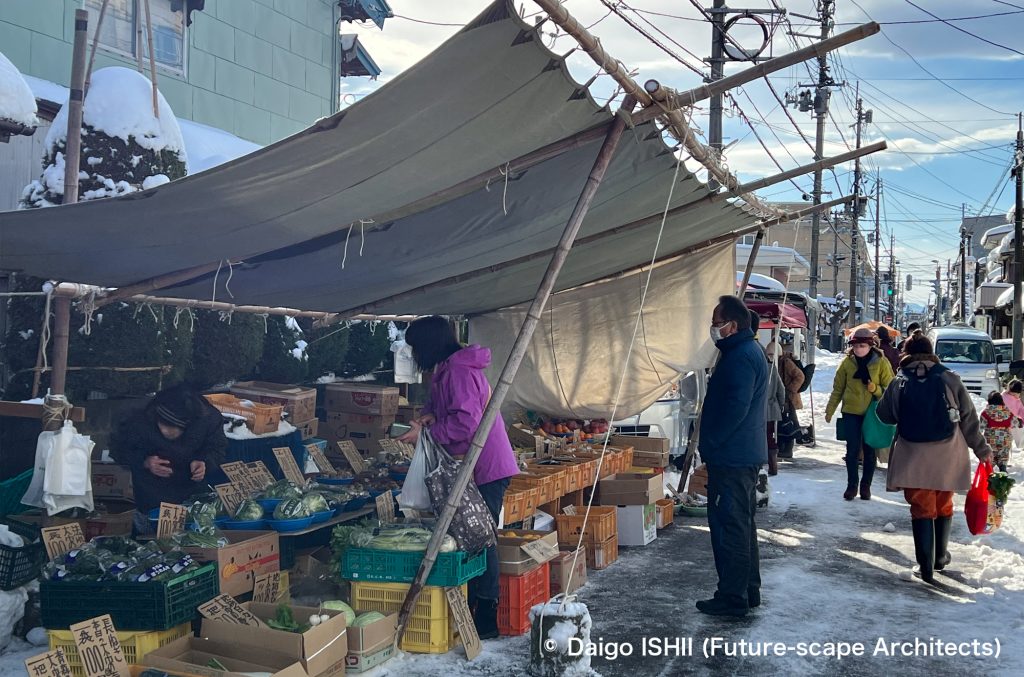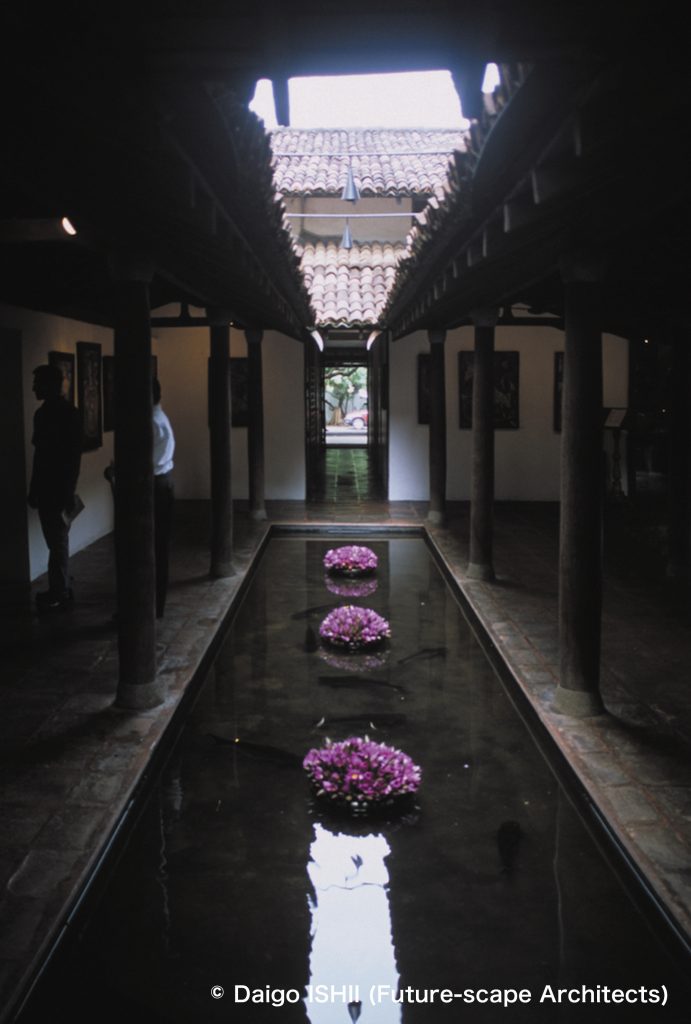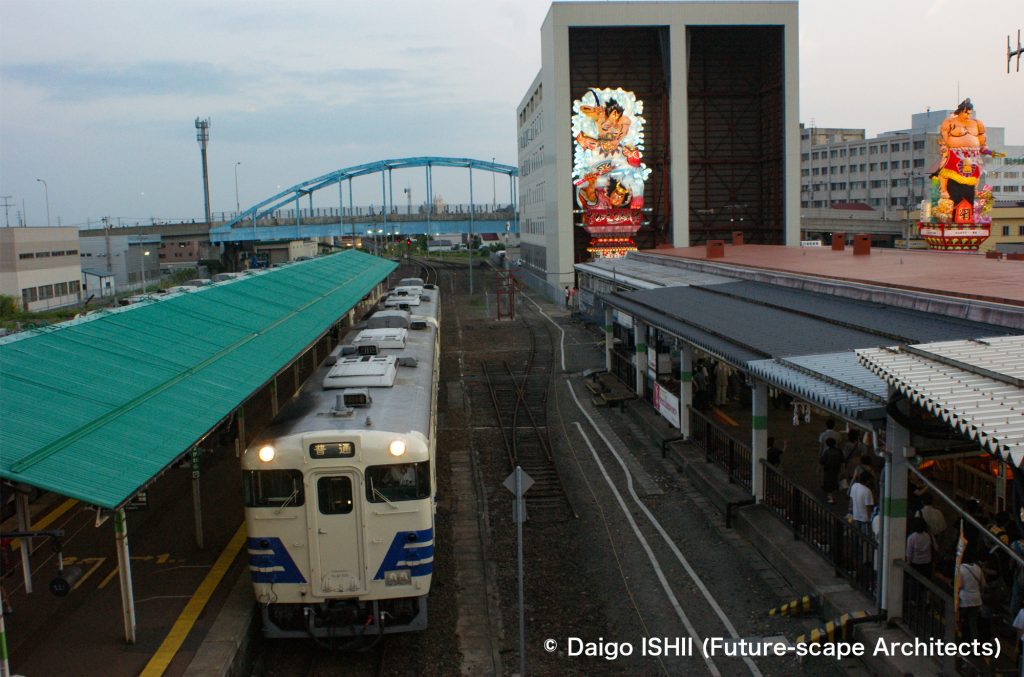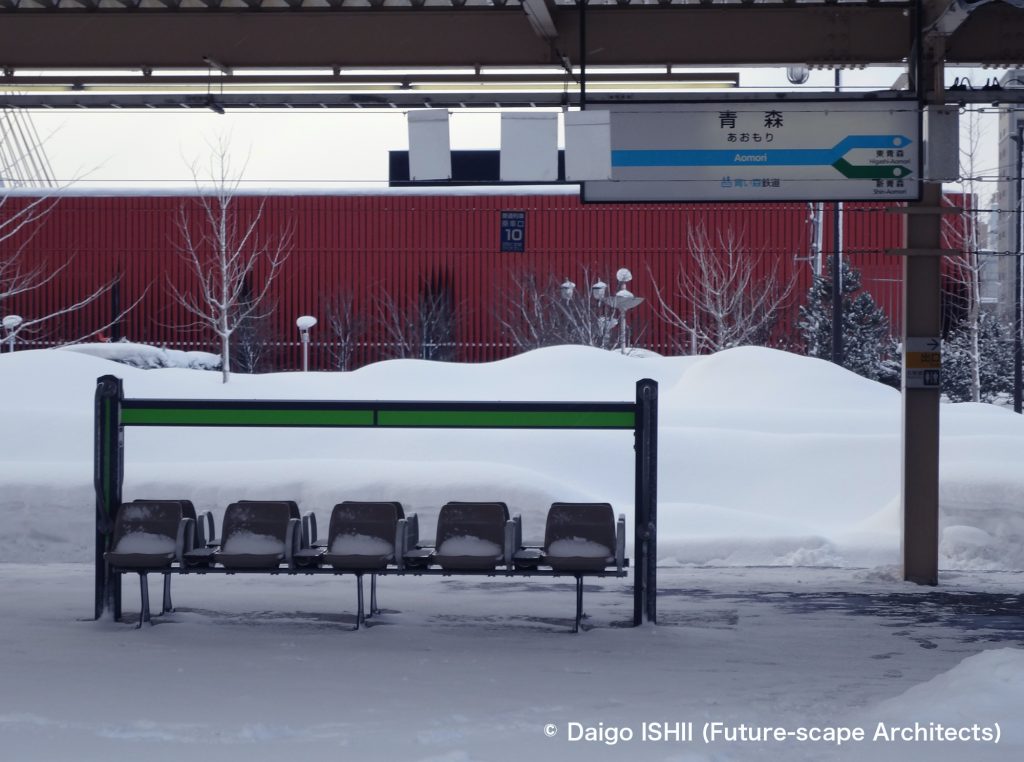Nagoya is the place full of sense of frugality. Meitetsu Nagoya Station embodies it.
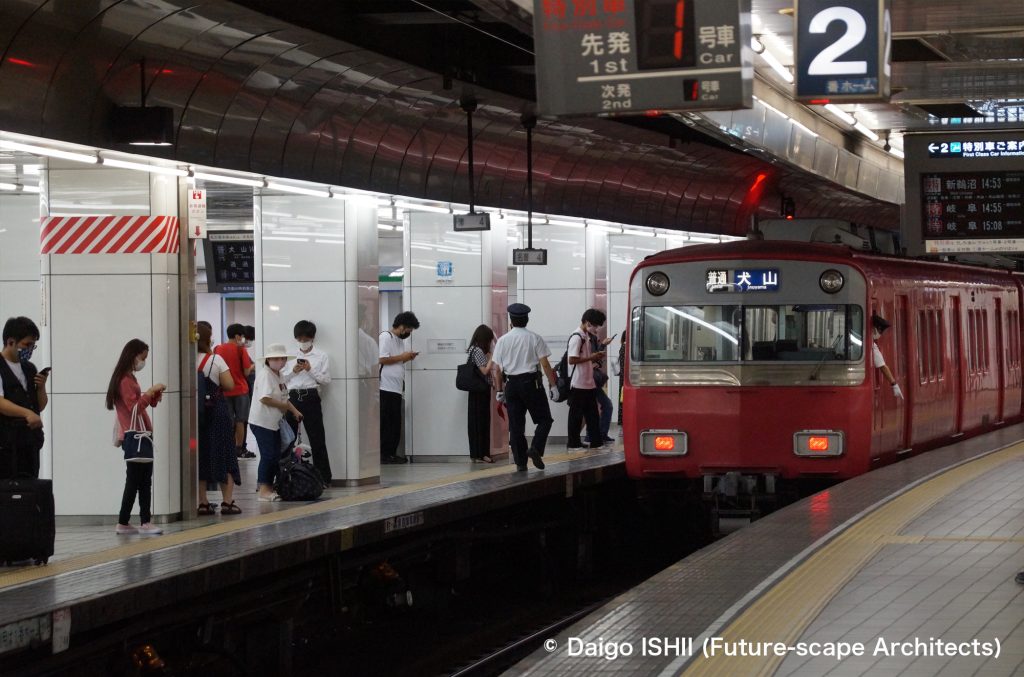
The first time I visited Nagoya, I was impressed by the stairs leading down from Japan Railways' Nagoya Station to the underground mall. The height from the overhead sign on the stairway ceiling to the bottom step of the stairs is 224 cm, giving it a sense of scale in a house. It's Nagoya style that doesn't look pretentious at the main gate of the underground mall. Recently, I found a sign at the subway station. The bottom of the sign is 190 cm, which is a perfect height for me of 182 cm. Both cases must be due to the shallow underground level. It also means ease of use. Nagoya does not waste even a 1 cm
The ultimate is Meitetsu Nagoya Station. 210000 passengers use it every day, and although it is one of Japan's leading stations, it has only 2 tracks and 3 platforms. The station couldn't secure more space due to a prime location where traffic was concentrated, and avoiding from the underground shopping mall and infrastructure was difficult.
Due to the two tracks, the running of train is over-scheduled at intervals of 2 minutes even during the daytime. During rush hours, two trains with different destinations enter the same track at the same time with a gap of 5 to 6 m and depart at the same time. It is a technique that makes advanced use of small number of tracks. To efficiently handle passengers in the 8 directions, the boarding position for each line is indicated on the platform with vinyl tape of different colors. The trains that come one after another stop at different positions according to the boarding position of each line, to make boarding and alighting smooth. It is a good example of Toyota's "Kaizen" philosophy, which is from the same region, in a railway.
The evening paper delivery is famous among some people. Bundles of evening papers fall onto the platform from the truck yard on the upper floor via the slide. The newspapers are loaded onto the train and delivered to news agents in various areas as quickly as possible. Unlike the delivery service that Japanese Railways started in the high-speed train recently, the evening paper delivery by Meitetsu railways has been a traditional service since the early 1950s. It is a splendid sense of frugality without wasting space and labor.
So, every time I go to Nagoya, I buy an admission ticket to see Meitetsu Nagoya Station.
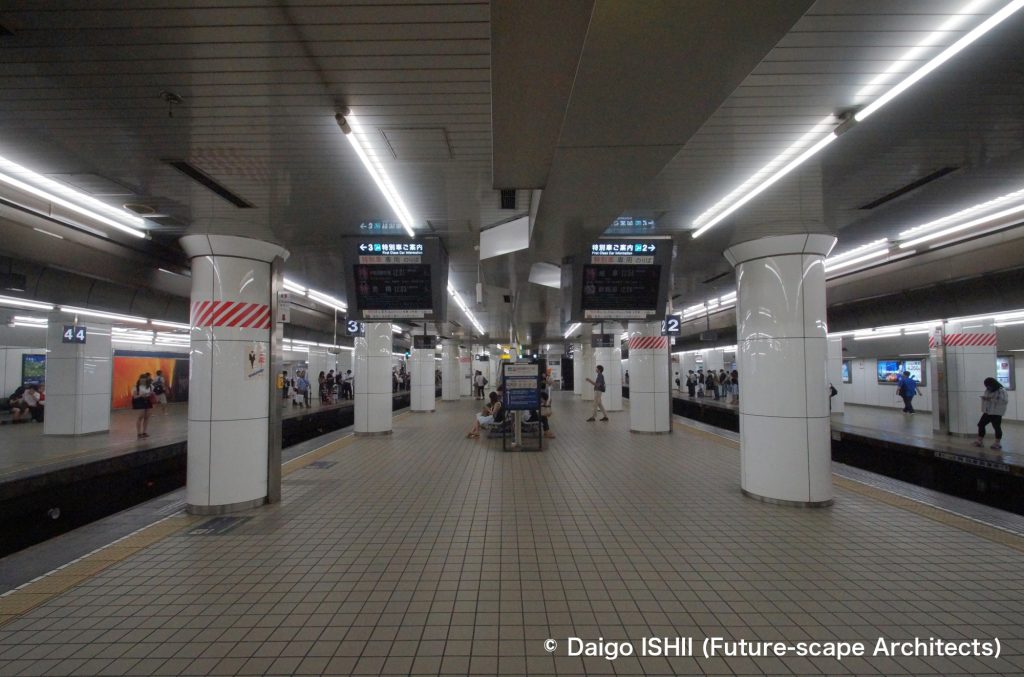
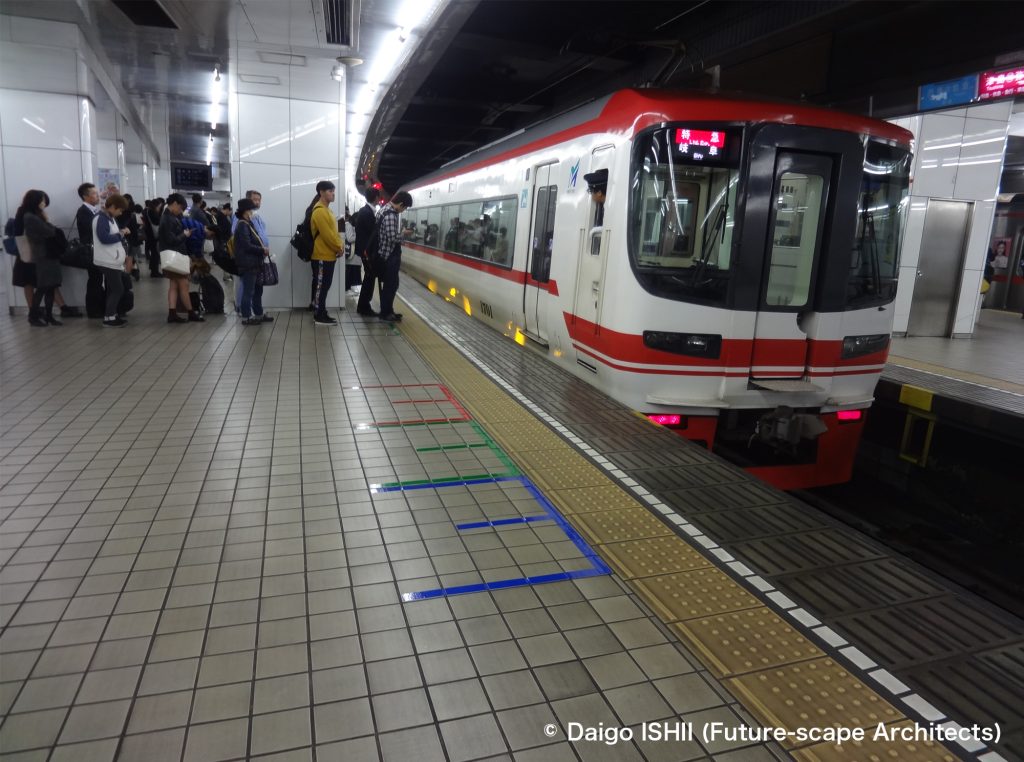
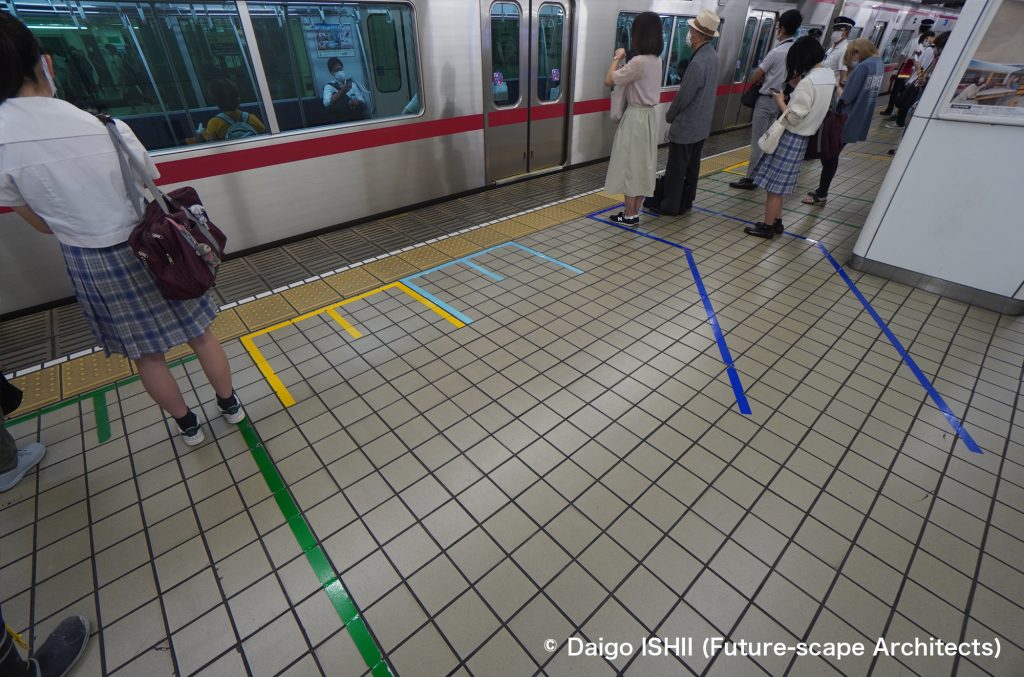
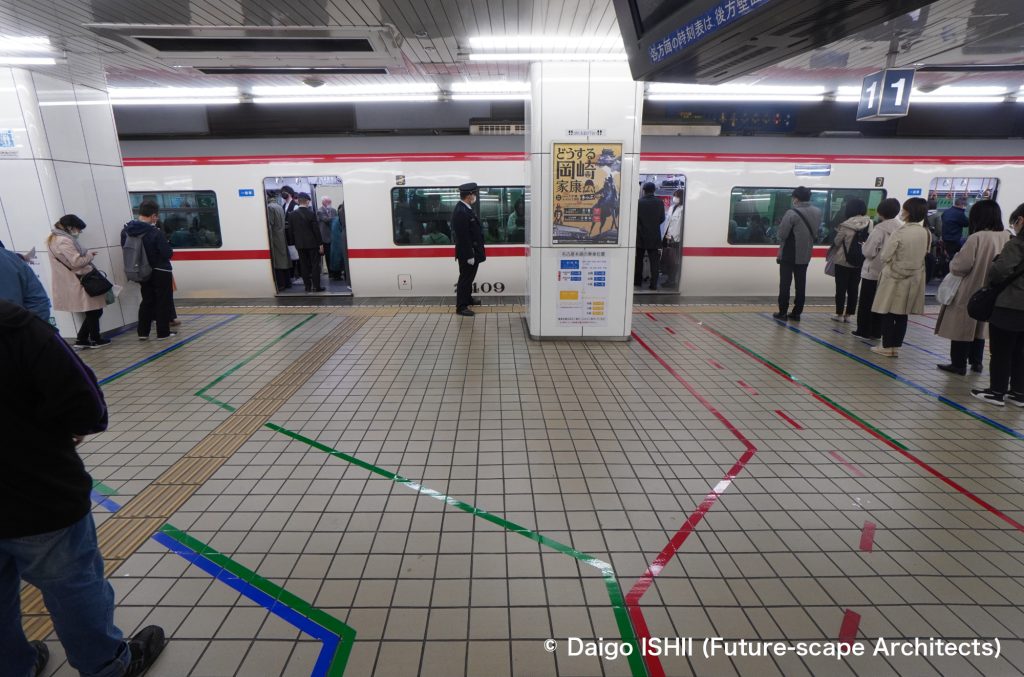
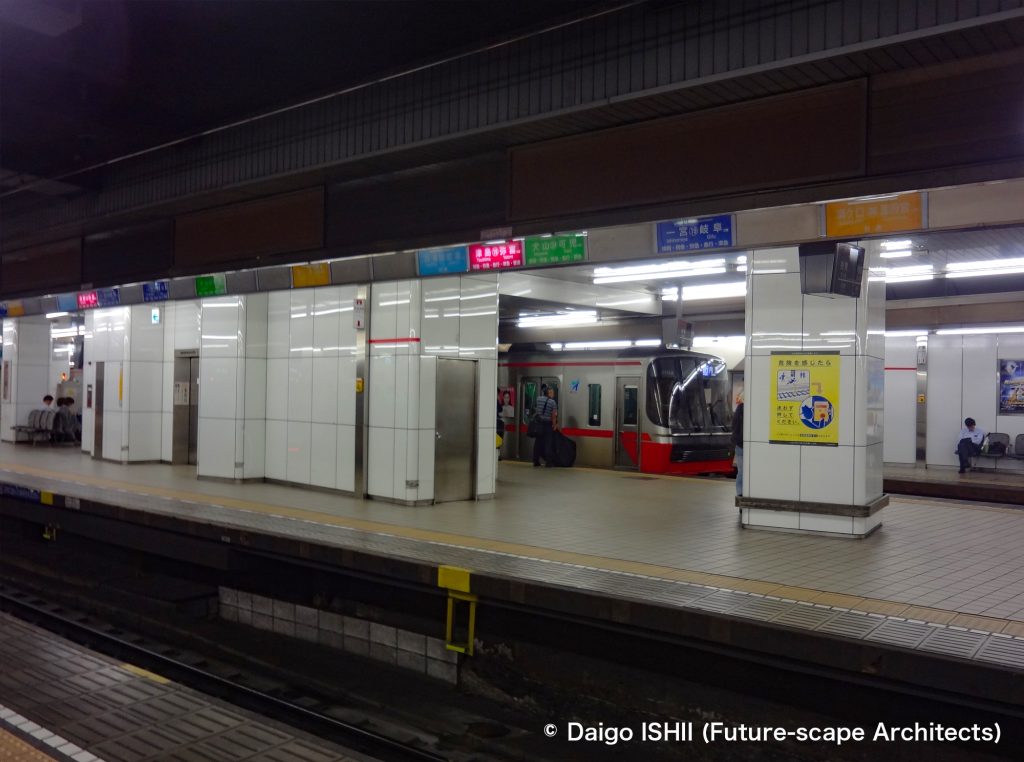
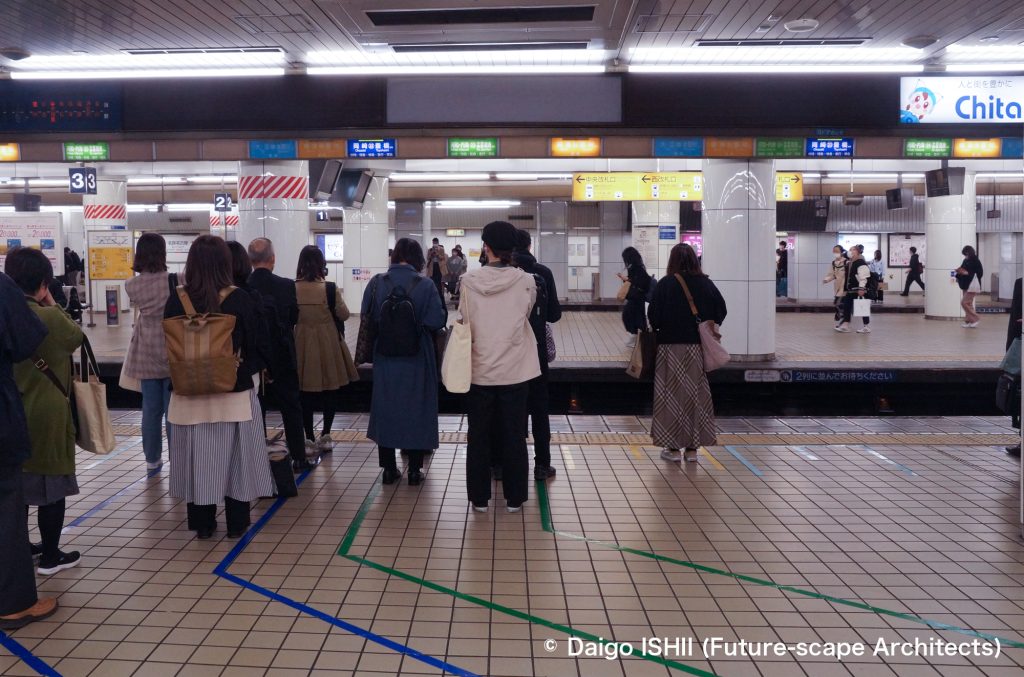
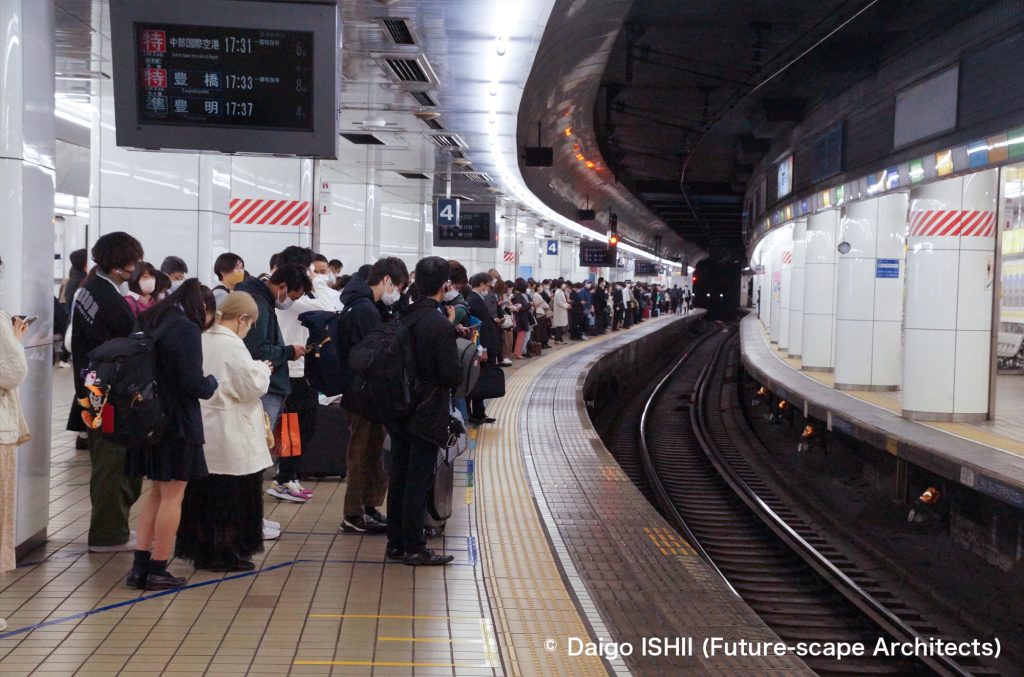
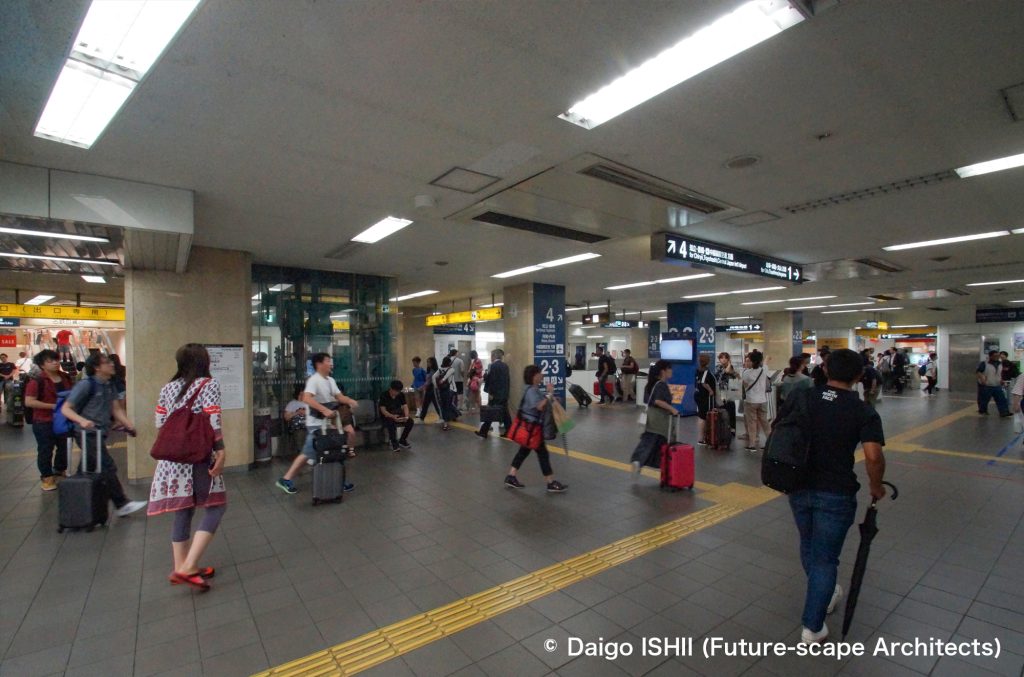
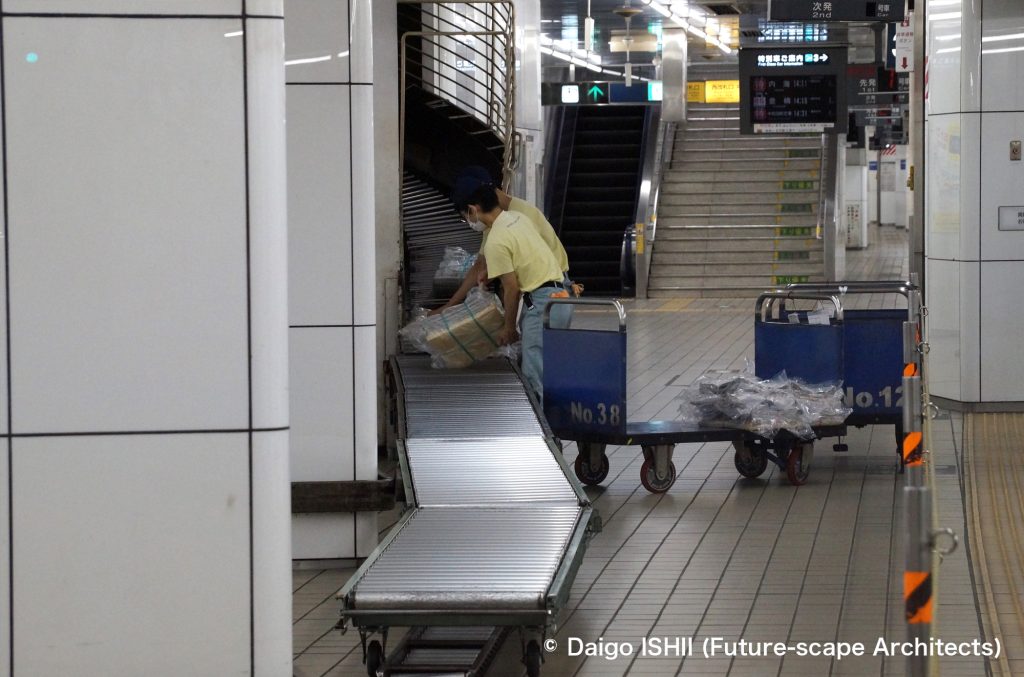
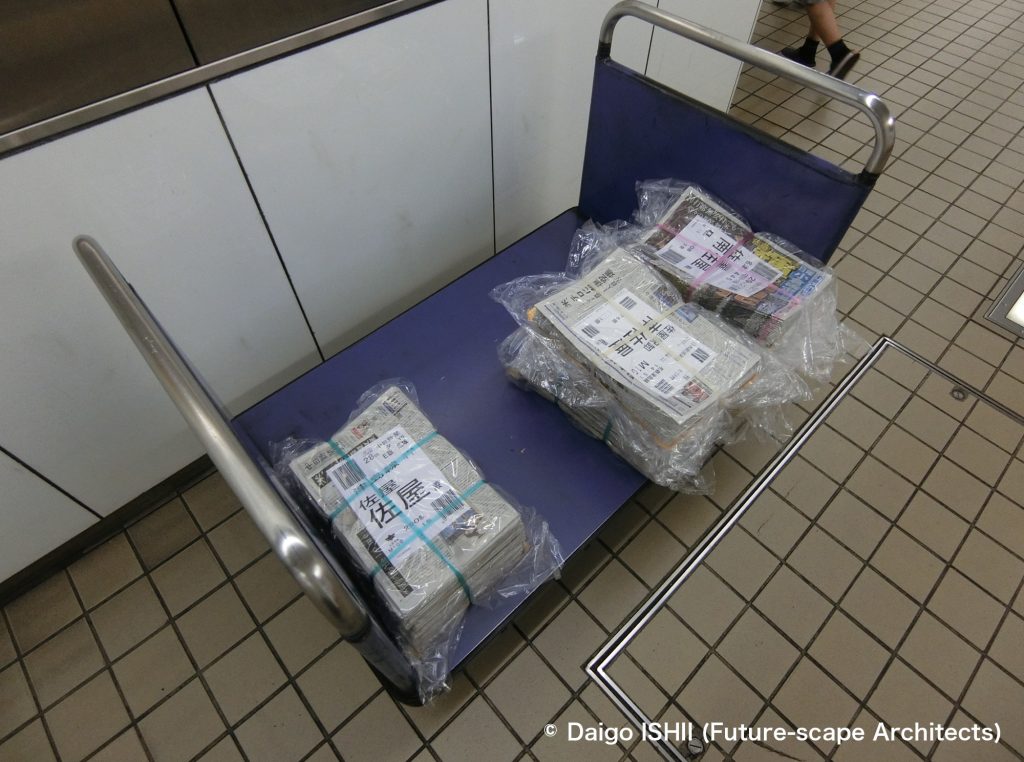
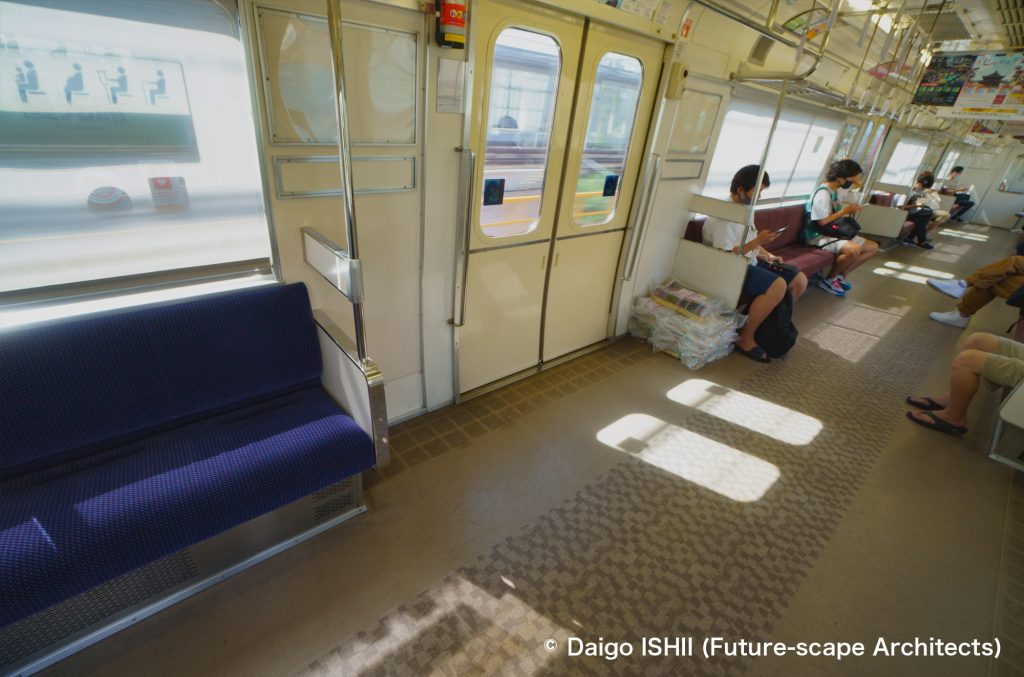
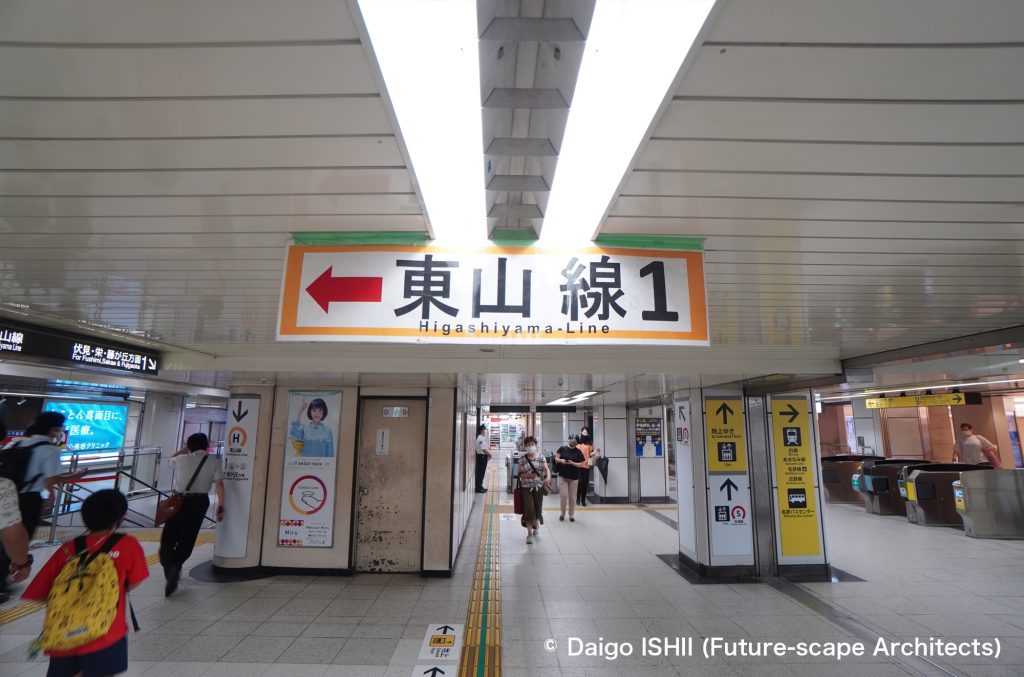
Click here for your impressions
reference
Wikipedia
Please do not use or upload our photos without permission.




